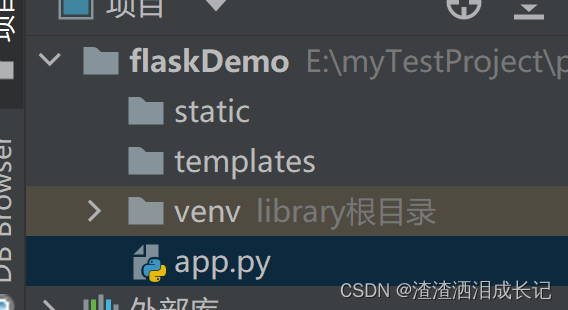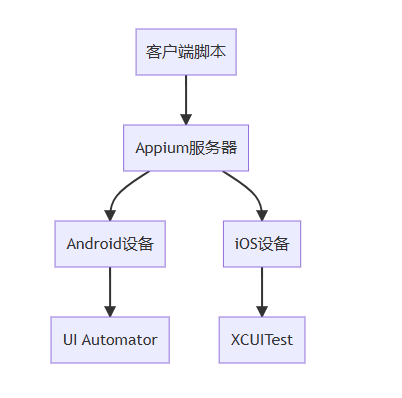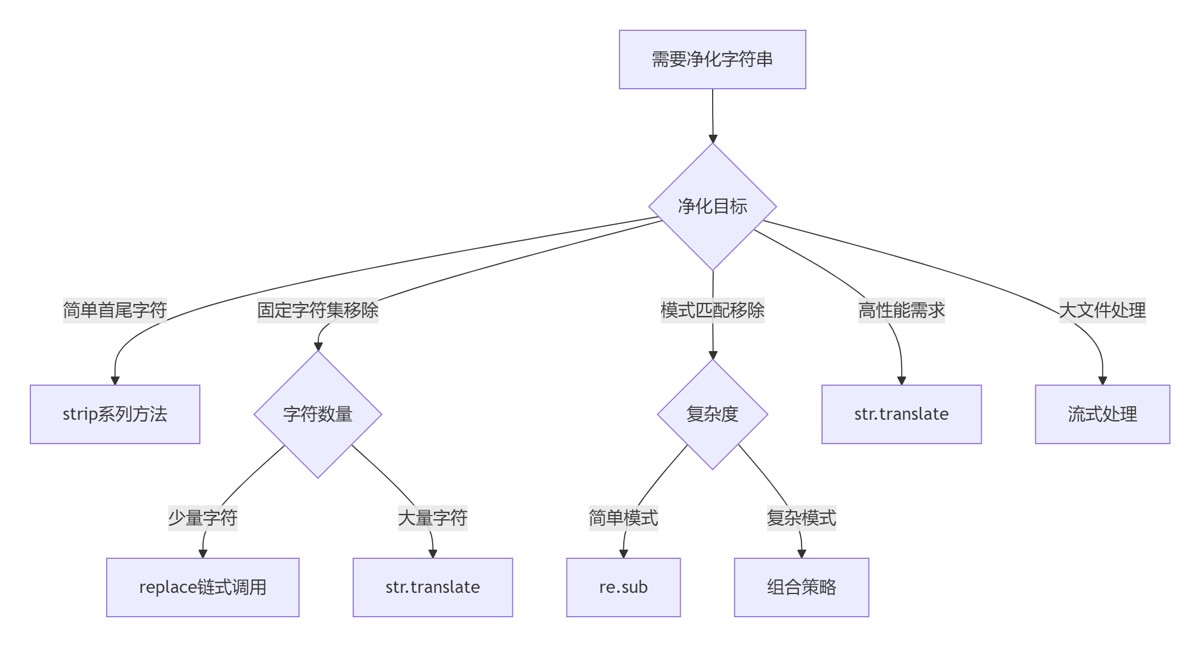Flask接收前端ajax传来的表单
HTML,包含一个text类型文本框和file类型上传文件
|
1 2 3 4 5 6 7 8 9 10 11 12 13 14 15 16 17 18 19 20 21 22 23 24 25 26 27 28 29 30 31 32 33 34 35 36 37 38 39 40 41 42 |
<!DOCTYPE html> <html lang="en">
<head> <meta charset="UTF-8"> <meta name="viewport" content="width=device-width, initial-scale=1.0"> <meta http-equiv="X-UA-Compatible" content="ie=edge"> <title>拍照</title> </head>
<body> <h1>拍照上传演示</h1> <form id="upForm" enctype="multipart/form-data" method="POST"> <p> <span>用户名:</span> <input type="text" name="username" /> </p> <input name="pic" type="file" accept="image/*" capture="camera" /> <a onclick="upload()">上传</a> </form> <img id="image" width="300" height="200" /> </body> <script src="https://cdn.bootcss.com/jquery/3.4.1/jquery.min.js"></script> <script> function upload() { var data = new FormData($("#upForm")[0]); //注意jQuery选择出来的结果是个数组,需要加上[0]获取 $.ajax({ url: '/do', method: 'POST', data: data, processData: false, contentType: false, cache: false, success: function (ret) { console.log(ret) } }) //return false //表单直接调用的话应该返回false防止二次提交,<form οnsubmit="return upload()"> } </script>
</html> |
Python
|
1 2 3 4 5 6 7 8 9 10 11 12 13 14 15 16 17 18 19 20 21 22 23 24 25 26 27 28 29 30 31 32 33 34 |
import os from flask import Flask, render_template, request, jsonify from werkzeug import secure_filename
TEMPLATES_AUTO_RELOAD = True
app = Flask(__name__) app.config.from_object(__name__) # 设置Flask jsonify返回中文不转码 app.config['JSON_AS_ASCII'] = False
PIC_FOLDER = os.path.join(app.root_path, 'upload_pic')
@app.route('/', methods=['GET']) def hello(): return render_template('index.html')
@app.route('/do', methods=['POST']) def do(): data = request.form file = request.files['pic'] result = {'username': data['username']} if file: filename = secure_filename(file.filename) file.save(os.path.join(PIC_FOLDER, filename)) result['pic'] = filename
return jsonify(result)
if __name__ == '__main__': app.run(debug=False, host='0.0.0.0', port=8000) |
Flask利用ajax进行表单请求和响应
前端html代码
|
1 2 3 4 |
<form id="demo_form"> 输入框: <input type="text" name="nick_name" /> <input type="submit" value="ajax请求"/> </form> |
js代码
|
1 2 3 4 5 6 7 8 9 10 11 12 13 14 15 16 17 18 19 |
//首先需要禁止form表单的action自动提交 $("#demo_form").submit(function(e){ e.preventDefault();
$.ajax({ url:"/demo", type:'POST', data: $(this).serialize(), // 这个序列化传递很重要 headers:{ "X-CSRF-Token": getCookie('csrf_token') }, success:function (resp) { // window.location.href = "/admin/page"; if(resp.error){ console.log(resp.errmsg); } } }) }); |
python Flask框架的代码
|
1 2 3 4 5 |
@app.route("/demo", methods=["POST"]) def demo(): nick_name = request.form.get("nick_name") print(nick_name) return "ok" |
表单序列化很重要,否则获取的数据是None。




